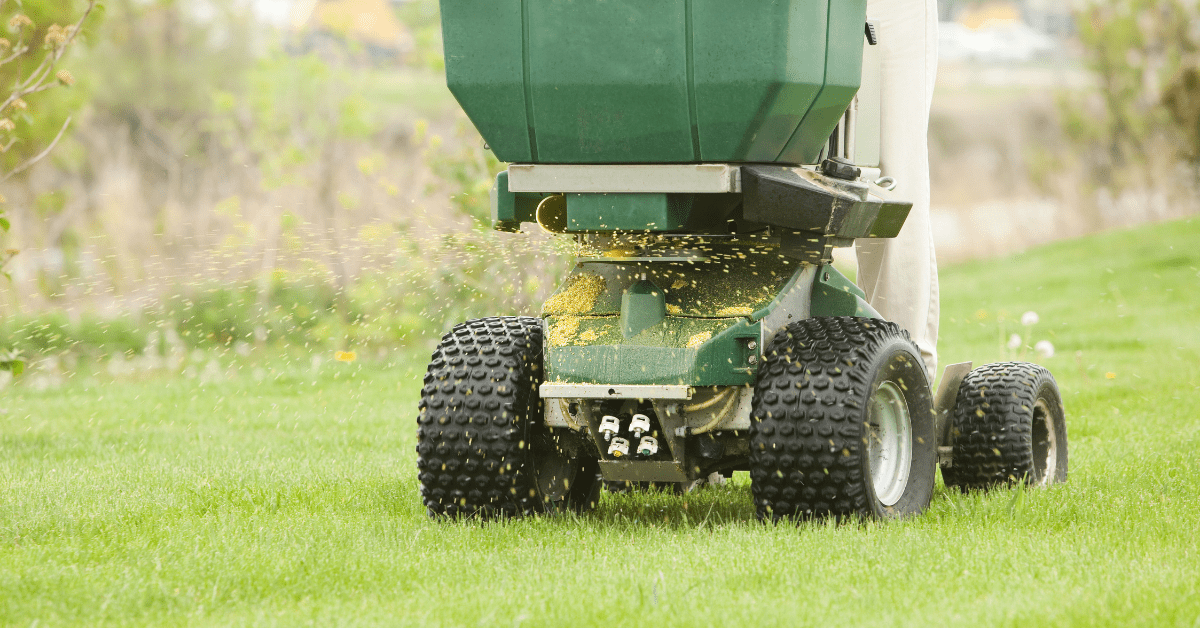
As goes Round 1, so goes the season. Or at least that’s the saying in the lawn care business; the first visit to a customer’s home and the quality of the application sets the tone for the rest of the year. This is not only true for agronomics but also from the perspective of customer service. For instance, if a customer’s preemergent crabgrass control isn’t applied properly, there is no second chance to get it right. Let’s go over a handful of things that are bouncing around in my head.
Did Existing Customers Actually Renew?
One of the best business aspects of the professional lawn care industry is that customers renew season after season, but one of the worst aspects is that they sometimes don’t realize it or just don’t bother to cancel their services. This can be problematic because performing unauthorized applications is not only a waste of time and money but can also get you in a heap of trouble with your state’s pesticide regulators.
Communicating with your customers over the winter months helps diminish the number of non-renewals but implementing a prenotification program helps nail down the rest. Make it a company policy to capture an email address at the time of sale or with any customer service interaction so that you have near-complete saturation of addresses in your software. An email notification announcing your first application three to four days ahead of time will help weed out the stragglers.
Avoiding Routing Disasters
I always found it amusing when irate customers would call demanding their first application be performed. “Where have you been? My lawn hasn’t been done!” This was extra amusing when there was snow on the ground the week before. It’s easier said than done but resist the pressure to drive to the opposite side of your service area to perform a single application for the screaming customer. But there is no better way to bring chaos to your operation than to begin the year driving around in circles in reaction to angry phone calls.
Here’s the inescapable truth: someone is going to be first and someone is going to be last no matter what hoops you jump through. You need to focus not on your customer’s emotional outbursts but on completing all of your Round 1 treatments in a systemic, logical way.
Having a battle plan for your service area is key here. Before embarking on Round 1, decide which part of your service area you will tackle first and how you’ll roll out the remaining areas. This way, when the screaming customer calls you can reply that he/she is already on the schedule for a week from tomorrow and that you’ll see him/her then.
Conversely, new sales must be handled in the exact opposite manner since you need to “strike while the iron is hot.” Coding new customers in your routing software and incorporating them into existing routes in the first couple of days after closing solidifies the sale.
Calibrating
There is probably nothing more tedious than going through calibration exercises first thing in the spring. No one enjoys doing it. However, there are ample reasons why calibration should be an everyday task. Let’s go over a few.
The label is the law and the rates are part of the label. Can you demonstrate and document to a pesticide inspector that you have calibrated your spreader or sprayer and are applying the correct amount?
Fertilizers and pesticides not only represent a significant portion of your cost of goods sold, but in recent months the prices of these commodities have exploded. You simply do not have the luxury of not being exactly on point with your application rates.
Calibration cannot end with the initial effort first thing in the spring, it must be something you do constantly. It starts with reviewing the next day’s work the night before to calculate the total square footage to be covered and then calculating the amount of product that should be loaded into the truck. Get away from just throwing whatever will fit into the cargo area and winging it.
With each stop, the lawn specialist should know before exiting the truck exactly how much product needs to be applied. Only that amount should be put into the spreader. For instance, if the product rate is 4 pounds per thousand square feet and the lawn is five thousand square feet, then only put twenty pounds of product in the spreader.
Another great idea to hold lawn specialists accountable for daily use rates is to add incentives to the mix. A weekly gift card or prize for the person who is closest to the desired application rate is a nice perk.
In-Field Training
In the spring, it’s essential to be present in the field to be certain that applications are being performed correctly. For me, the biggest problem I notice is not ensuring that the proper amount of product is applied to the edges and corners of the lawn. Coincidently, the edges and corners are the areas most likely to have crabgrass breakthroughs, even with a well-executed application. Not paying attention to these areas just makes a tough situation just about impossible during the middle of the summer.
This article was published in the March/April issue of the magazine. To read more stories from The Edge magazine, click here to subscribe to the digital edition.

